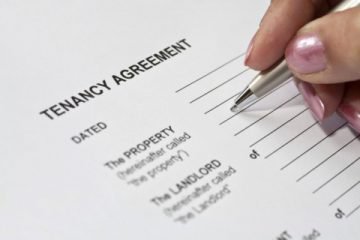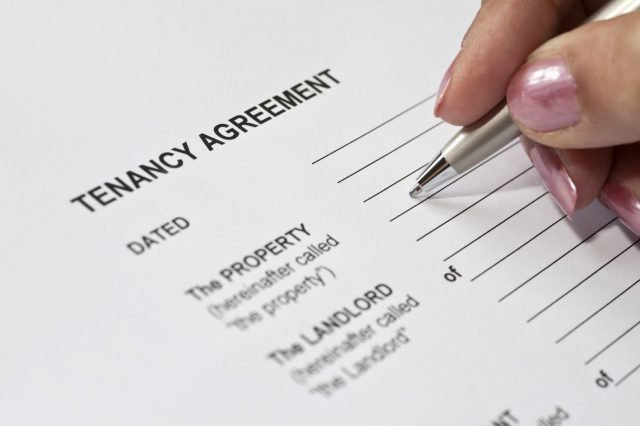BTL investors seemingly undeterred by Stamp Duty
New data released from the Council of Mortgage Lenders indicates that the number of homes eligible to pay stamp duty rose to 62,800 in Q4 of 2016.
This was a rise from 56,200 in Q3 and 30,400 in Q2 and suggests that people are still believing in the buy-to-let sector.
Stamp Duty rises
The introduction of the 3% increase in Stamp Duty during April of last year was widely expected to deter many investors from purchasing. However, the lure of high yields, low void periods and capital appreciation is still proving high for a number of people.
Many investors are still adding to their portfolios , reflected in rise in the amount that buy-to-let investors borrowed to invest in property during the final stages of the year.
Landlords borrowed £3.2bn in November 2016, up by 10% month-on-month, the greatest amount since the stamp duty changes were introduced.
The Treasury made £1.19m from the additional surcharge on second homes since the second quarter of last year.

BTL investors seemingly undeterred by Stamp Duty
Windfall
Nick Leeming, chairman Jackson-Stops & Staff chairman, said: ‘So far £1.19m worth of stamp duty receipts are estimated to be attributable to the additional 3% element payable on second homes, a significant windfall for Treasury coffers.’[1]
‘Between Q2 and Q3 the number of second homes liable for the 3% surcharge nearly doubled. This increase is understandable as many buy-to-let investors would likely have rushed to make purchases before April 1st, but the number of liable second home transactions is up again in Q4 to 62,800. The data suggests that buy-to-let investors are not being deterred by the new tax which is supposed to be dampening demand from this group to the benefit of first-time buyers. We will see the true impact of this policy in time, but my fear is that additional costs will be passed on to tenants,’ he continued.[1]
Concluding, Leeming noted: ‘The better solution is a real concerted drive to build more homes, rather than targeting buy-to-let investors – I hope the upcoming Housing White Paper contains a real blueprint for change in this regard.’[1]
[1] https://www.landlordtoday.co.uk/breaking-news/2017/1/buy-to-let-landlords-undeterred-by-stamp-duty-surcharge








